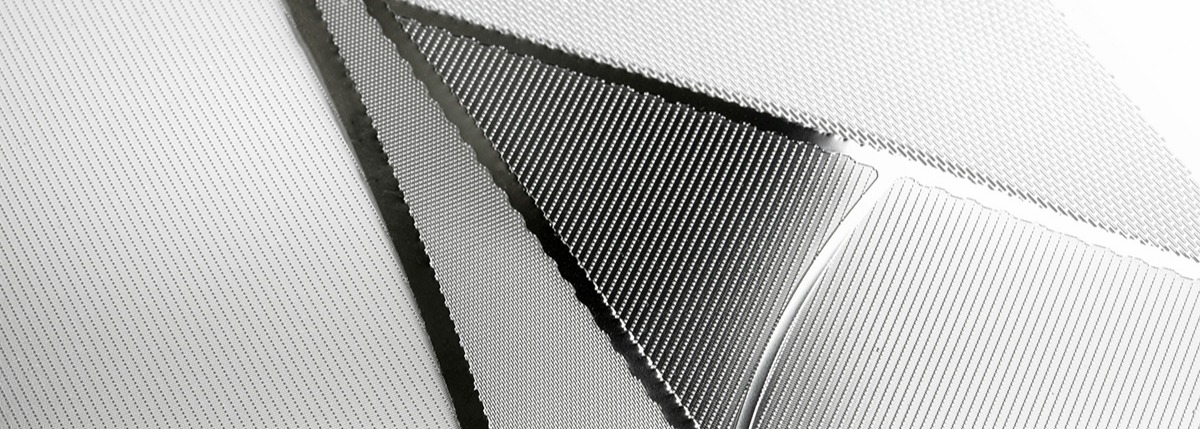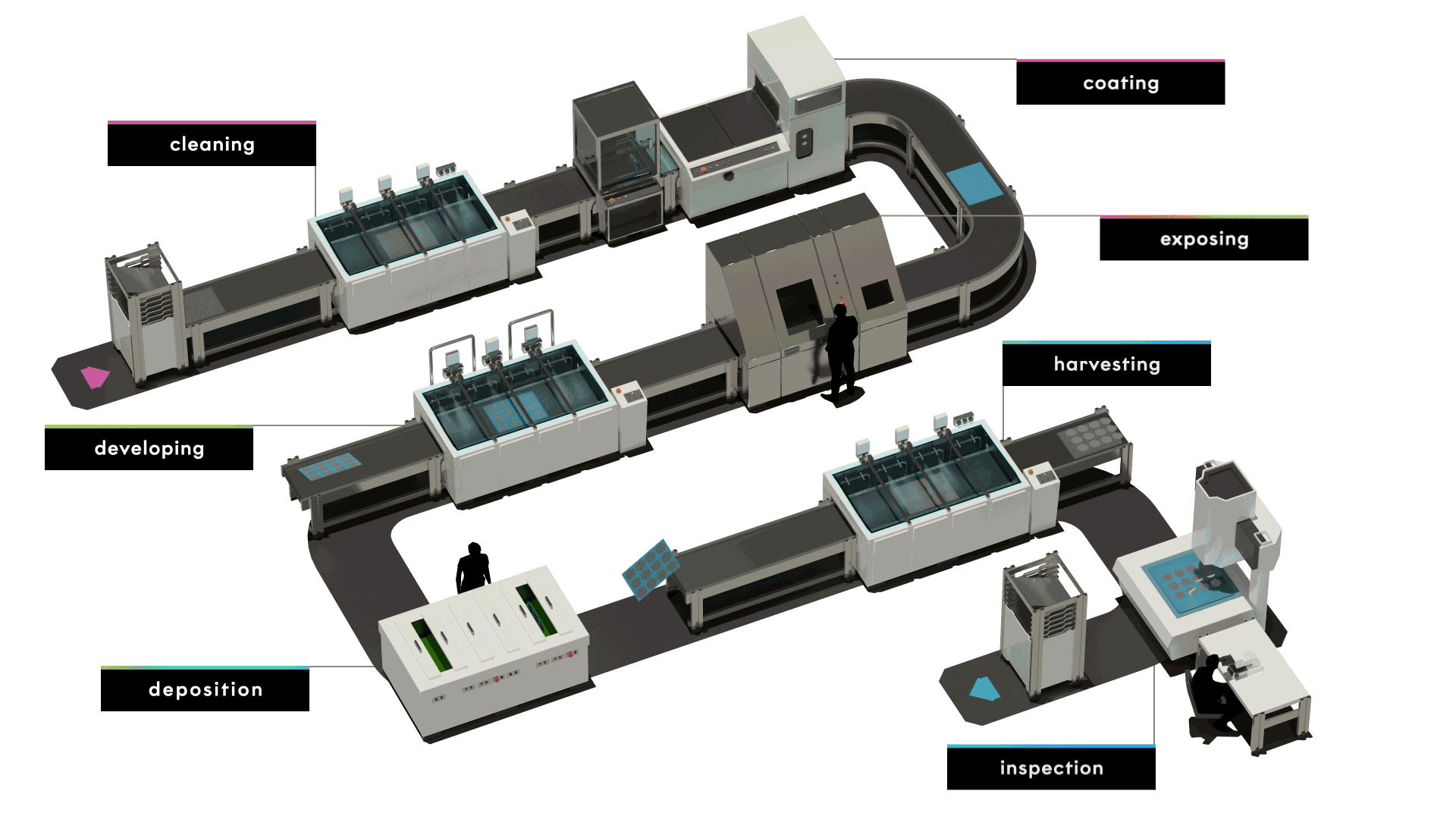Altering material properties: how far can you go with electroforming?
Nov 18, 2016 7:00:00 AM By Maarten NijlandMaterial properties are of critical importance to engineers. One engineer may need a highly reflective surface, while another requires a product that absorbs light. Some engineers demand stiff, hard materials, while others might need softer, or more flexible ones. At first glance, it seems each engineer would need to select a different material to achieve their desired properties. After all, aren't a product's properties determined solely by its composition?
The answer is no. A material's properties depend not just on its chemical identity, but also its atomic structure. For instance, graphite and diamond are both composed of carbon, yet their properties differ enormously based on crystalline structure. Knowing a product's composition alone reveals little about its performance. As an engineer, you might want to learn how Electroforming enables the manipulation of material properties.

Manipulate the properties of a given material by altering its atomic arrangement.
See below two typical examples of such property manipulation enabled by the Electroforming process:
1)Creating a virtually non-magnetic material from a typically magnetic one.
This is achievable by modifying the crystal structure. For example, under certain deposition conditions, nickel can be made nearly amorphous, resulting in a very smooth, barely ferromagnetic nanocrystalline material. Such non-magnetic nickel is useful in high-frequency electronic devices, where any magnetism could interfere with signals. Here, suppressing crystal growth while promoting nucleation during Electroforming leads to the desired nanocrystalline structure and muted magnetic response.
2)Tailoring a material's hardness by controlling its crystal size.
The hardness of a metallic material depends on the size of its crystalline grains: Smaller nanocrystals yield a harder material, while larger crystals make for a softer one. This flexibility enables the customization of mechanical properties. By carefully managing the Electroforming conditions, engineers can tailor the crystal nucleation and growth processes to control over the material's microstructure which provides tremendous flexibility in customizing the desired mechanical properties.
So the key takeaway is to consider from the perspective of the required properties, not just material composition. However, there are always limitations when it comes to altering the properties of materials, and some properties remain out of reach for a given material. In such cases, coatings can provide an alternative solution.
Coatings Expand Material Property Capabilities
What if high corrosion resistance is needed from a material that readily oxidizes? Or prolonged skin contact must be avoided for a nickel component? In these cases, coatings like palladium or gold resolve the issue by preventing exposure. Similarly, coatings can be used to protect inkjet nozzles from deterioration by jetted chemicals.

Another example is sugar sieves, which are used to rapidly remove molasses from sugar crystals in a centrifugal process. During the process, sugar crystals collide with the screens at high velocity, and Soft-Nickel rapidly fails against such impact — but a hard coating can help to effectively withstand the conditions.

How to alter material properties or apply coatings to materials
Electroforming provides an effective means to both alter material properties and apply protective coatings. As an additive manufacturing process, Electroforming builds up metal parts atom by atom via Electrodeposition. This enables exceptionally high precision and aspect ratios. The electrolytic bath deposits metals like nickel, gold, or copper onto a patterned conductive surface. Modifying deposition parameters allows fine control over the crystal structure and resulting material properties. Additionally, coatings can be easily integrated into the process.

Thus, engineers can beyond thinking in terms of material composition alone and consider the full breadth of achievable properties through controlled processing. The unique capabilities of Electroforming open up new possibilities for tailoring material performance to demanding engineering requirements.
If you would like to learn more about electroforming — and how high-precision metal parts will help you grow your business — download our whitepaper Electroforming

